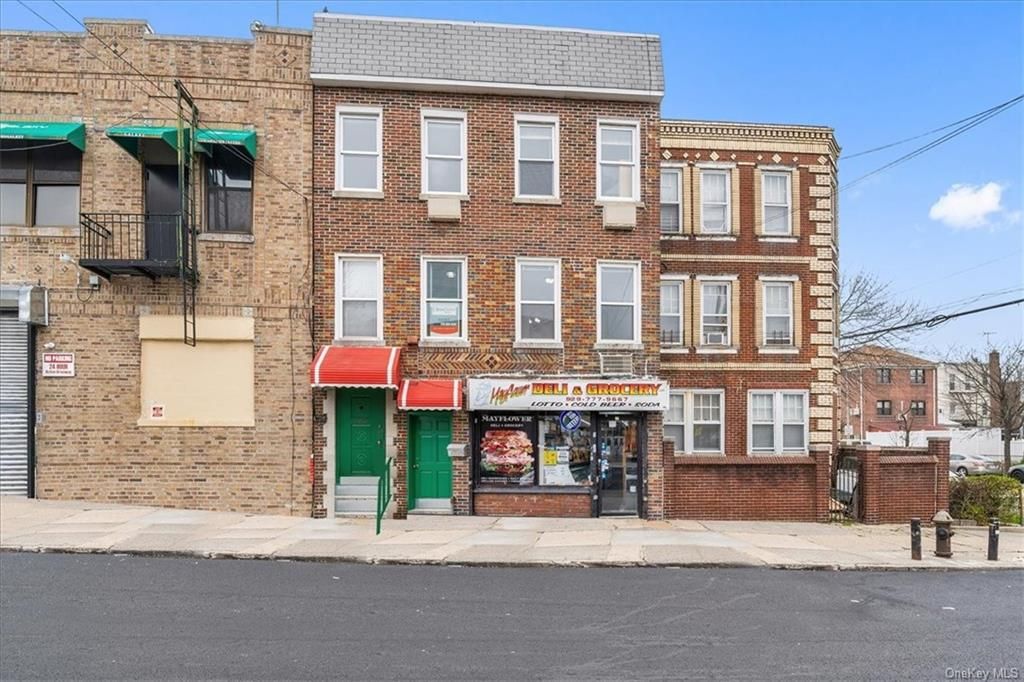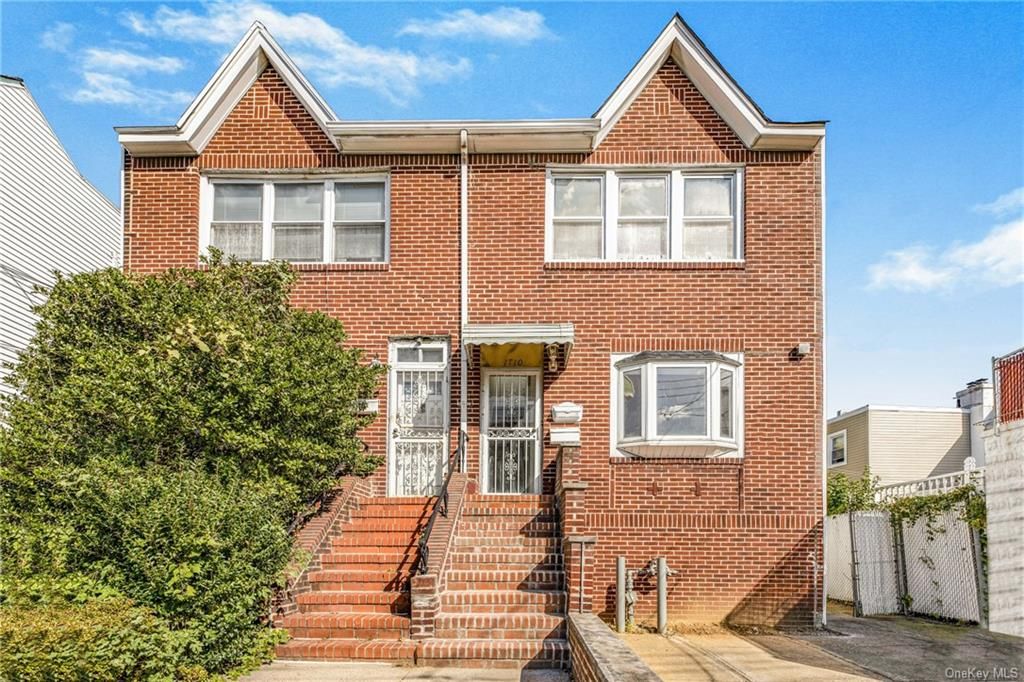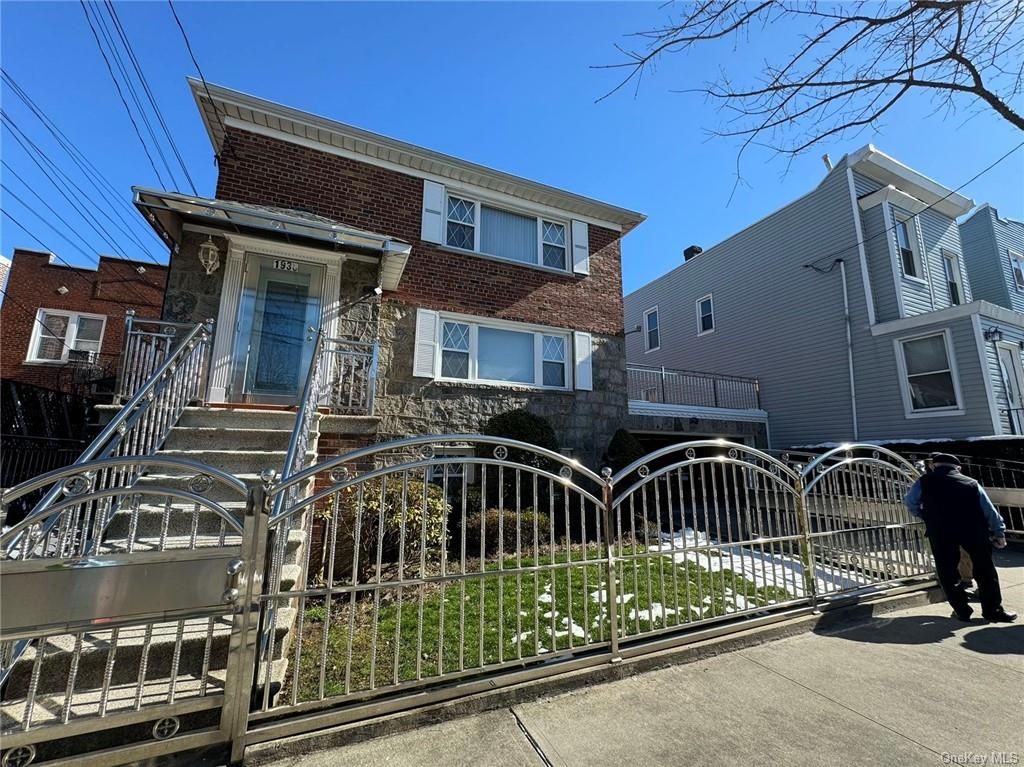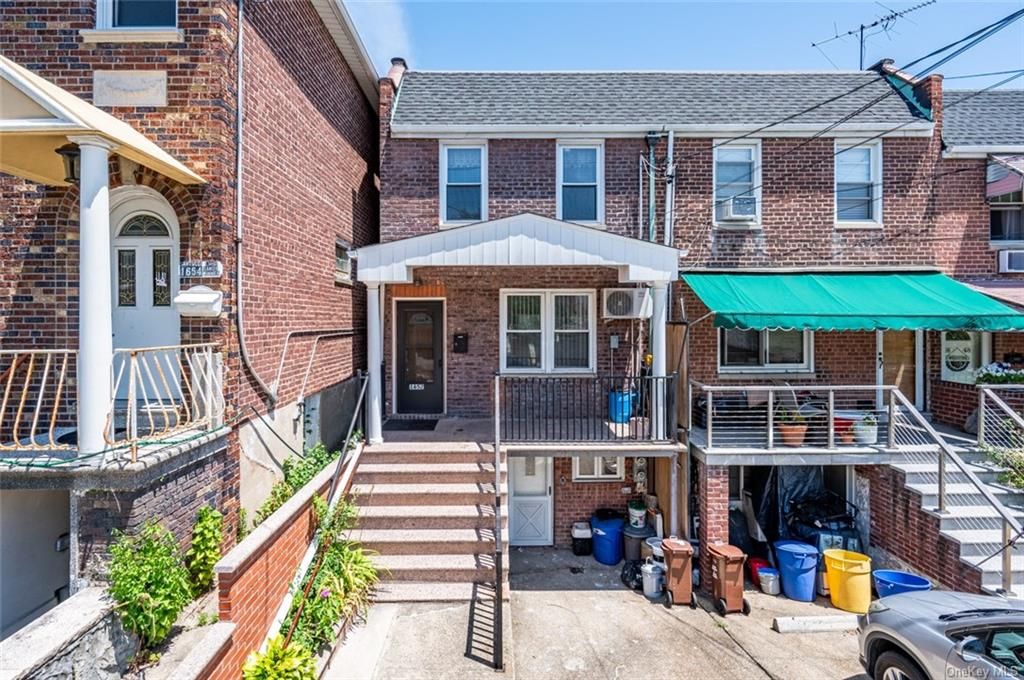Homes For Sale In The Bronx 10461 – Similarly, vinyl records have experienced a resurgence in recent years, with collectors seeking out rare albums and vintage pressings. Some goods, like a fine Swiss watch, carry decades or even centuries of tradition, built on a reputation of precision and excellence. They are investments, not just purchases, and their value is often felt long after the original transaction has ended. It forces us to ask difficult questions about ownership, worth, and the limits of human desire. For some, selling something may feel like a sacrifice, while for others, it may feel like an investment in their future. When people buy second-hand items, they are extending the life cycle of those goods, which means fewer products end up in the trash. Yet, at the same time, there’s the promise of new beginnings for both the seller and the buyer. Whether it's old furniture that no longer fits with their style, clothing that no longer fits, or electronics they no longer use, selling second-hand items allows individuals to recoup some of the money they spent on these goods. Sellers often find themselves in a strange position, balancing the emotional attachment to the item with the rational need to let it go. But what about the intangible things? Can memories be bought? Can feelings, emotions, or connections be traded? In a sense, many people would argue that in today’s world, even the intangible is up for grabs. It is only through diligent research that a buyer can truly determine whether the business is worth the asking price. Many online platforms also allow buyers and sellers to leave feedback and reviews, helping to build trust and credibility in the transaction. The artist who created it may have one understanding of its worth, while a collector may see it as a valuable investment, and a casual admirer might simply appreciate its beauty without considering its monetary value. Even in a marketplace where everything is commodified, there is still room for those moments and experiences that transcend value. People are rediscovering the value of items that have been made by hand, with care and skill, as opposed to the impersonal, assembly-line products that dominate the marketplace. Art, music, literature — these expressions of human creativity and emotion are not always bound by the rules of commerce. Economic downturns, for example, can influence the types of businesses that are put up for sale, as struggling companies may look to exit the market. People often feel like they are for sale, too, in various ways. For example, an old wooden chair might be sanded down and refinished into a modern piece of furniture, or a vintage dress might be altered to fit a contemporary style. For the seller, the goal is to achieve the highest price possible for the business, while for the buyer, the goal is often to secure a fair price that reflects the true value of the business.

10461, NY Real Estate & Homes for Sale
Search by commute timeview local noise levelsgo on 3d virtual toursfind open houses Sell your hometop property searchinteractive map viewschool search

1606 Williamsbridge Rd, Bronx, NY 10461
Sell your hometop property searchinteractive map viewschool search Search by commute timeview local noise levelsgo on 3d virtual toursfind open houses

1869 Mayflower Avenue, Bronx, NY 10461 MultiFamily for Sale MLS
Sell your hometop property searchinteractive map viewschool search Search by commute timeview local noise levelsgo on 3d virtual toursfind open houses

2885 Zulette Ave, Bronx, NY 10461 SingleFamily Home for Sale MLS
Sell your hometop property searchinteractive map viewschool search Search by commute timeview local noise levelsgo on 3d virtual toursfind open houses

1710 Tenbroeck Avenue, Bronx, NY 10461 Trulia
Search by commute timeview local noise levelsgo on 3d virtual toursfind open houses Sell your hometop property searchinteractive map viewschool search

1930 Pilgrim Avenue, Bronx, NY 10461 MultiFamily for Sale MLS H6295077
Search by commute timeview local noise levelsgo on 3d virtual toursfind open houses Sell your hometop property searchinteractive map viewschool search

2043 Colonial Avenue, Bronx, NY 10461 SingleFamily Home for Sale MLS
Sell your hometop property searchinteractive map viewschool search Search by commute timeview local noise levelsgo on 3d virtual toursfind open houses

Homes for sale 1261 Pawnee PL, Bronx, NY 10461 MLSH6303247 H…
Search by commute timeview local noise levelsgo on 3d virtual toursfind open houses Sell your hometop property searchinteractive map viewschool search

1652 Hering Avenue, Bronx, NY 10461 SingleFamily Home for Sale MLS
Sell your hometop property searchinteractive map viewschool search Search by commute timeview local noise levelsgo on 3d virtual toursfind open houses

Bronx, NY Real Estate Bronx Homes for Sale
Search by commute timeview local noise levelsgo on 3d virtual toursfind open houses Sell your hometop property searchinteractive map viewschool search
For sellers, the market for second-hand goods offers an opportunity to declutter their homes and make some extra money. As more people embrace the idea that everything has value, second-hand goods will continue to be a central part of the way
Quality goods for sale have always held a special place in markets around the world, captivating consumers with their promise of durability, performance, and timeless appeal. The concept of a circular economy, where products are reused and repurposed instead of discarded, is central to the appeal of second-hand goods. This shift in mindset has contributed to a growing acceptance and even celebration of second-hand shopping, making it a mainstream activity that is not just about saving money but about making more thoughtful and responsible choices. The story behind the item becomes part of its value, adding an emotional dimension to its physical form. In this sense, quality is not just about prestige; it’s about making thoughtful choices that contribute to a more sustainable and rewarding lifestyle. In this digital age, it often feels like there’s no such thing as privacy anymore, and that’s because we’ve essentially agreed to sell pieces of ourselves in exchange for recognition, affirmation, or even money. Whether buying vintage clothing, upcycled furniture, or pre-owned electronics, the growing popularity of second-hand shopping reflects a broader desire for more sustainable, creative, and conscious ways of living. Are there things that should be kept beyond the realm of trade? Or has the marketplace — with its insatiable demand and promise of exchange — seeped into every facet of our being?
If everything is for sale, then the concept of value itself becomes fluid, subjective, and often manipulated. It doesn’t fall apart after a few uses, nor does it need to be replaced after a season. The decision to sell an heirloom piece of furniture, for example, can be emotionally complex, as it involves a shift in one’s connection to the past. The notion suggests a world where anything and everything, regardless of its intrinsic value, can be bought, sold, or traded. A house can be bought, a car can be sold, a watch can be pawned. These professionals help connect buyers with sellers, ensuring that both parties are well-informed and that the transaction process is as smooth as possible. Whether it's old furniture that no longer fits with their style, clothing that no longer fits, or electronics they no longer use, selling second-hand items allows individuals to recoup some of the money they spent on these goods. Quality products often come with warranties and customer service support, offering peace of mind to consumers who are investing in something that will serve them well over time. This is particularly important in a world where design has become a central element in consumer decision-making. Furniture is another category that lends itself well to the second-hand market. For those looking to sell, the online marketplace offers the chance to reach a larger audience, increasing the chances of finding the right buyer. When someone talks about purchasing quality goods, they are likely thinking of items that have been designed to last, to provide a superior experience, and to offer a sense of value far beyond the initial cost.
Whether it’s funding education, supporting homelessness services, or providing medical assistance, the money spent in second-hand shops can contribute to making a difference in the lives of others. For some, it’s a matter of balancing budgetary constraints with their desire for quality. In a circular economy, items are kept in use for as long as possible, reducing the need for new resources and minimizing environmental harm. A blacksmith might craft a sword, a tailor might stitch a suit, and a potter might mold a vase. Many people find that buying second-hand furniture allows them to acquire high-quality pieces that are built to last, often with a level of craftsmanship that is hard to find in mass-produced furniture. Those who are born into privilege have the means to buy their way to the top, while others are left behind, forced to sell their time, energy, and even their dignity in order to survive. Many people continue to resist the notion that everything has a price, and they fight to reclaim what is meaningful and valuable in life. Take, for example, a high-quality piece of furniture — a well-crafted sofa or dining table can last for decades if maintained properly. This desire for items with character and a story behind them has contributed to the growing appeal of second-hand goods. The durability and longevity of these products mean they don’t need to be replaced as frequently, reducing the need for constant purchases and ultimately saving money in the process. This can manifest in the context of career, relationships, or personal goals. The concept of quality, however, is not a one-size-fits-all. Unlike starting a business from scratch, which requires time to build a reputation and establish market credibility, buying an existing business means stepping into an environment where some of the groundwork has already been done. The growing interest in second-hand goods can also be attributed to shifting cultural attitudes toward consumption. While the online second-hand market has flourished, traditional thrift stores and second-hand shops continue to play an important role in the buying and selling of pre-owned goods. There’s something deeply satisfying about using an item that was crafted with skill and attention. We are all participants in a vast, interconnected economy, one that doesn’t just involve physical goods but extends to ideas, relationships, and even identities. One of the primary reasons people turn to second-hand goods for sale is financial. The digital age has also transformed the way things are bought and sold. Through online marketplaces and platforms, small businesses and independent creators can sell their goods to a global audience.